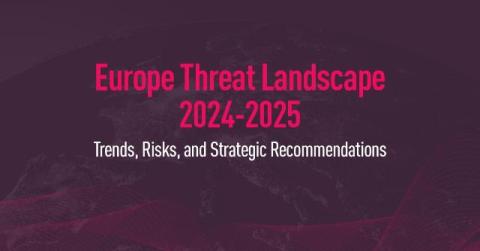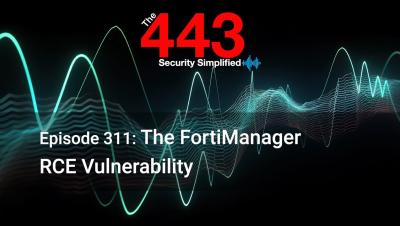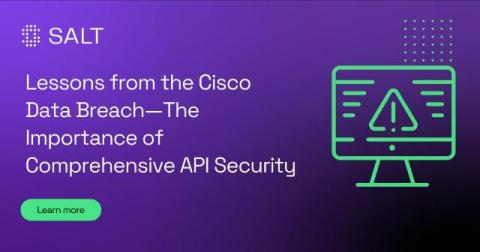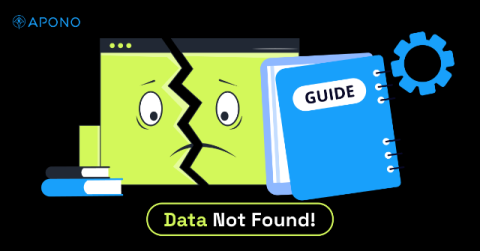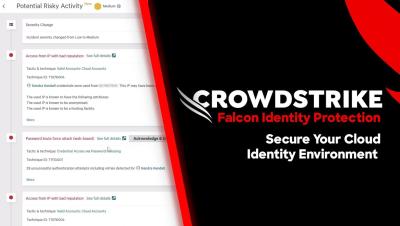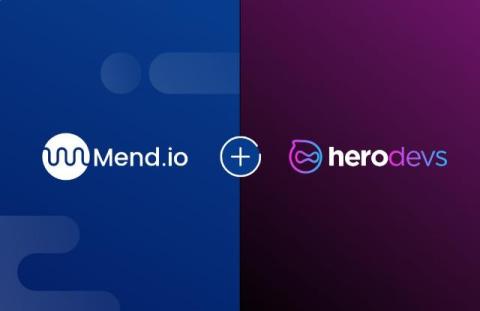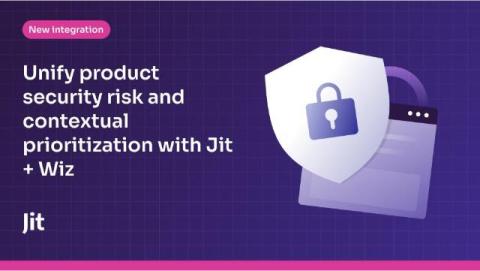Europe Threat Landscape Report
The Cyberint Europe Threat Landscape 2024-2025 report sheds light on the increasingly complex and evolving cyber threat environment affecting organizations across Europe and the UK. Leveraging data from Cyberint—which monitors threats like phishing, malware, and supply chain vulnerabilities—the report highlights a surge in malicious activities driven by global conflicts, technological shifts, and the growing use of generative AI in cybercrime.


